Bottled Gases in Renewable Energy: Powering the Future
Bottled gas may not be the first thing that springs to mind when you think of renewable energy, but they are becoming a strong contender in helping shape a sustainable future.
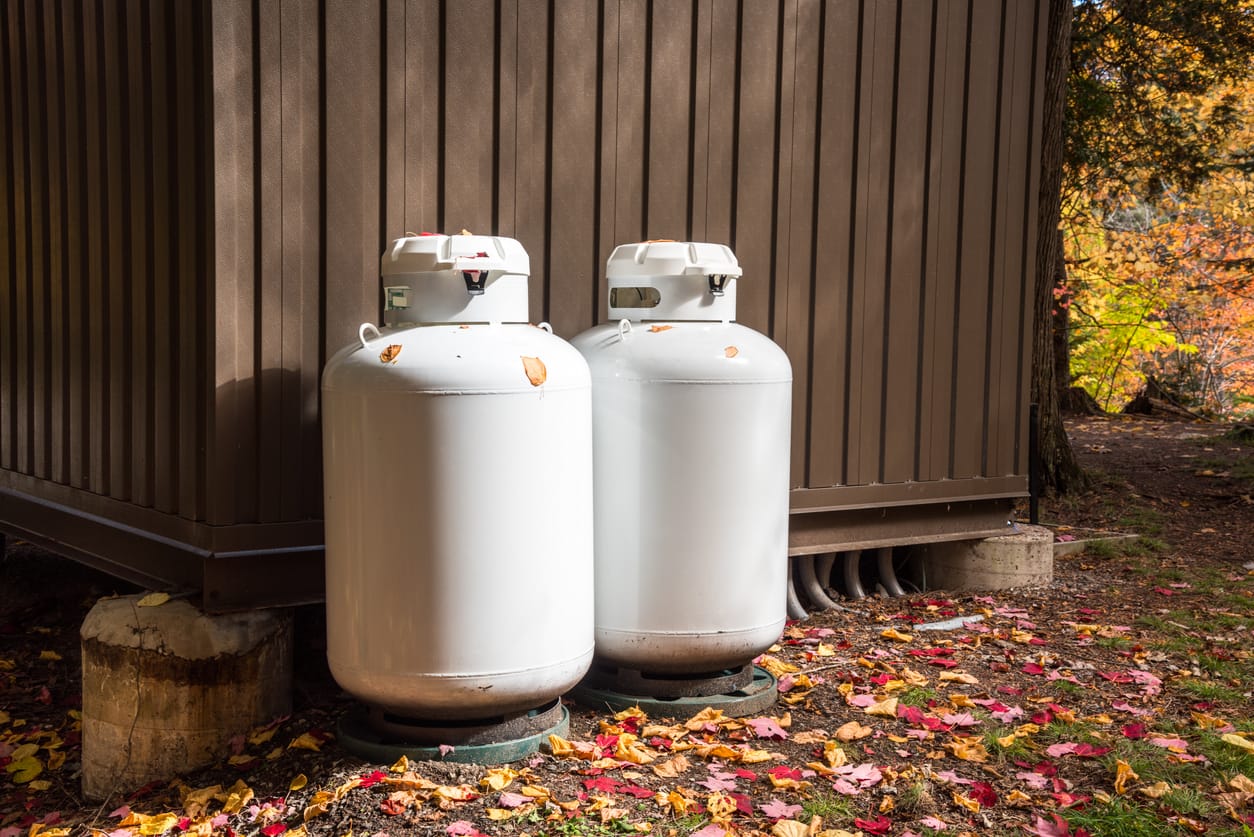
We’re not only talking about the LPG (Liquid Petroleum Gas) ‘-anes’ here either. We’re talking about Renewable Natural Gas (RNG) — Hydrogen and Methene.
These gases are environmentally sound, relatively simple to produce and thanks to compressed air energy storage (CAES) technology, easy to store, transport and effectively utilise.
The Role Bottled Gases Play in Renewable Energy
The world is continuing its shift towards decarbonisation, with a multitude of alternatives to fossil fuels offering a diverse renewable energy future. In addition to solar, hydro, nuclear and other environmentally friendly options, bottled gases offer an increasingly viable solution.
This is in part due to the development of compressed air energy storage (CAES) systems, which are being explored for large-scale, grid-level energy storage, as well as localised energy systems. Offering a stable and efficient solution, these allow a surplus of energy to be created and stored for use at a later date.
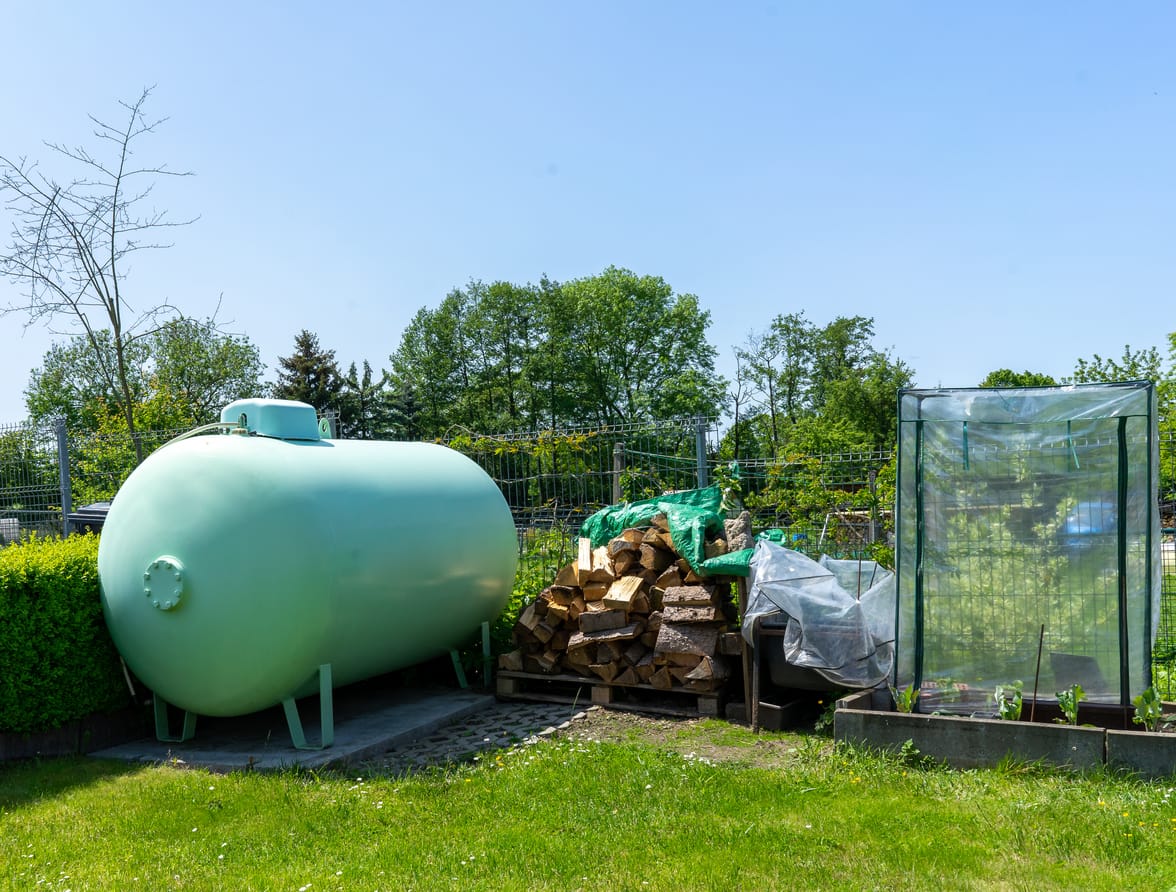
Methane – as a biogas – offers one form of alternative energy that helps reduce greenhouse gas emissions. Formed by the decomposition of organic material, this option not only offers to reduce existing emissions via recycling of organic matter and water, but it can be transported using existing infrastructure, and stored in bottles.
The other main contender, Hydrogen, has gained momentum as a clean fuel for its power generation, transportation options, and storage capability. It is odourless, colourless and tasteless, easily ignitable as well as offering favourable characteristics as a building block for other energy sources.
Hydrogen as a Key Player in Renewable Energy
Apart from its prevalence (two thirds of the earth’s surface is water, and water is two thirds hydrogen) and ease of conversion into storable power (pass electricity through it), Hydrogen has come to the fore as a renewable energy source for several reasons.
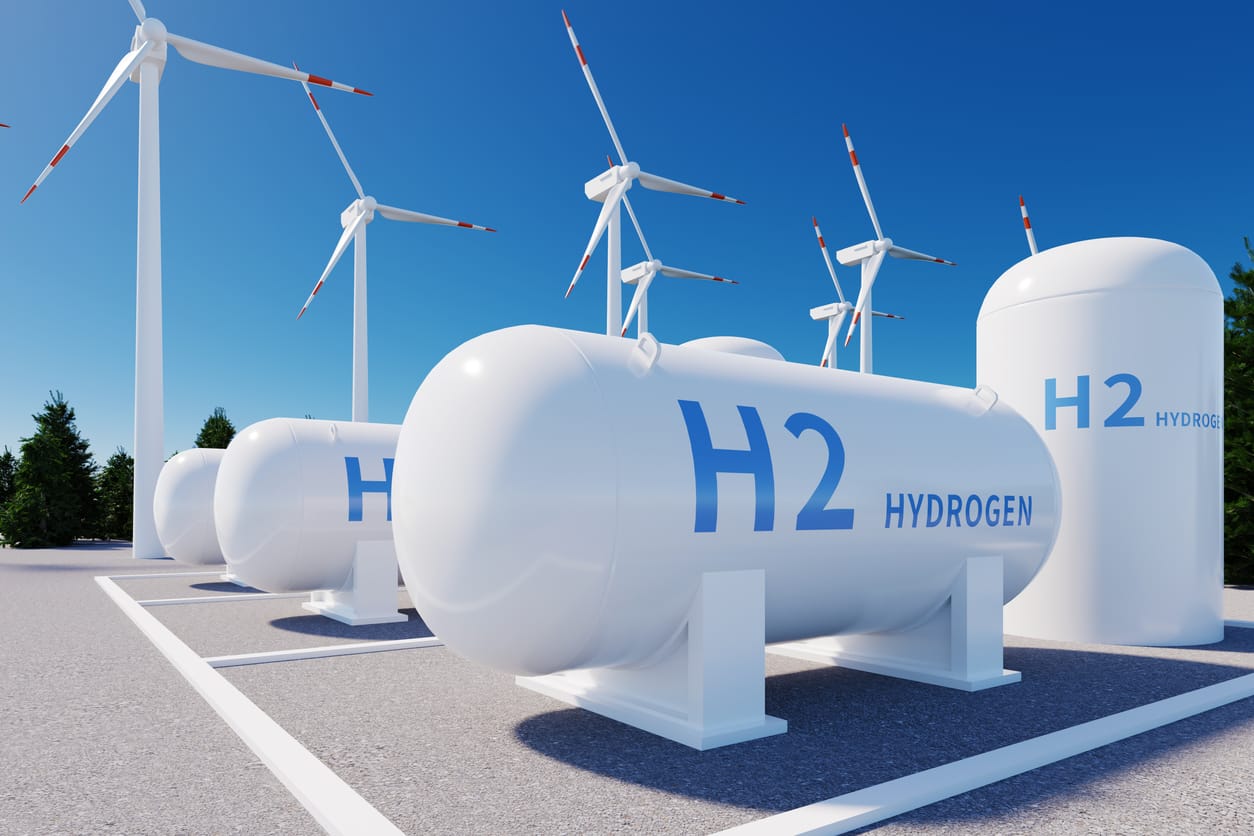
Fuel Cells
Hydrogen can be effectively used in fuel cells to power vehicles and machinery.
There are two key types: Proton Exchange Membrane (PEM) fuel cells and Solid Oxide Fuel Cells (SOFC).
PEM fuel cells operate at lower temperatures and are ideal for applications like vehicles, while SOFCs, operating at higher temperatures, are used in stationary power generation. Both convert hydrogen into electricity with high efficiency, emitting only water vapor as a byproduct.
Storage Methods
Hydrogen can be stored in several ways, each with unique advantages. Compressed hydrogen gas is the most common form, stored at high pressures. This usually costs less than other storage options. Hydrogen can also be liquefied, which increases its energy density but requires extremely low temperatures – this is useful for space-limited requirements.
Another emerging method is material-based storage, where hydrogen is chemically bonded to substances like metal hydrides or carbon nanotubes for safe and compact storage. This method is more complex, but growing in usage.
Energy Density
Hydrogen’s energy density is impressive, at 120 MJ/kg, far surpassing petrol’s 44 MJ/kg. This high energy content makes hydrogen ideal for long-term energy storage and high-energy applications, such as fuel for heavy-duty transportation and grid-level storage. The ability to store large amounts of energy in a small volume is critical as the world shifts to intermittent renewable sources like wind and solar.
Other Bottled Gases in Renewable Energy
Biogas/ BioMethane
Produced from organic waste through anaerobic digestion, biogas contains methane, CO2 and other gases (depending on the production process), which can be burned to generate electricity or heat. It offers a way to reduce emissions and make use of waste streams while contributing to the renewable energy mix.
The main sources of production are Biodigesters, Landfill recovery systems and Wastewater treatment plants.
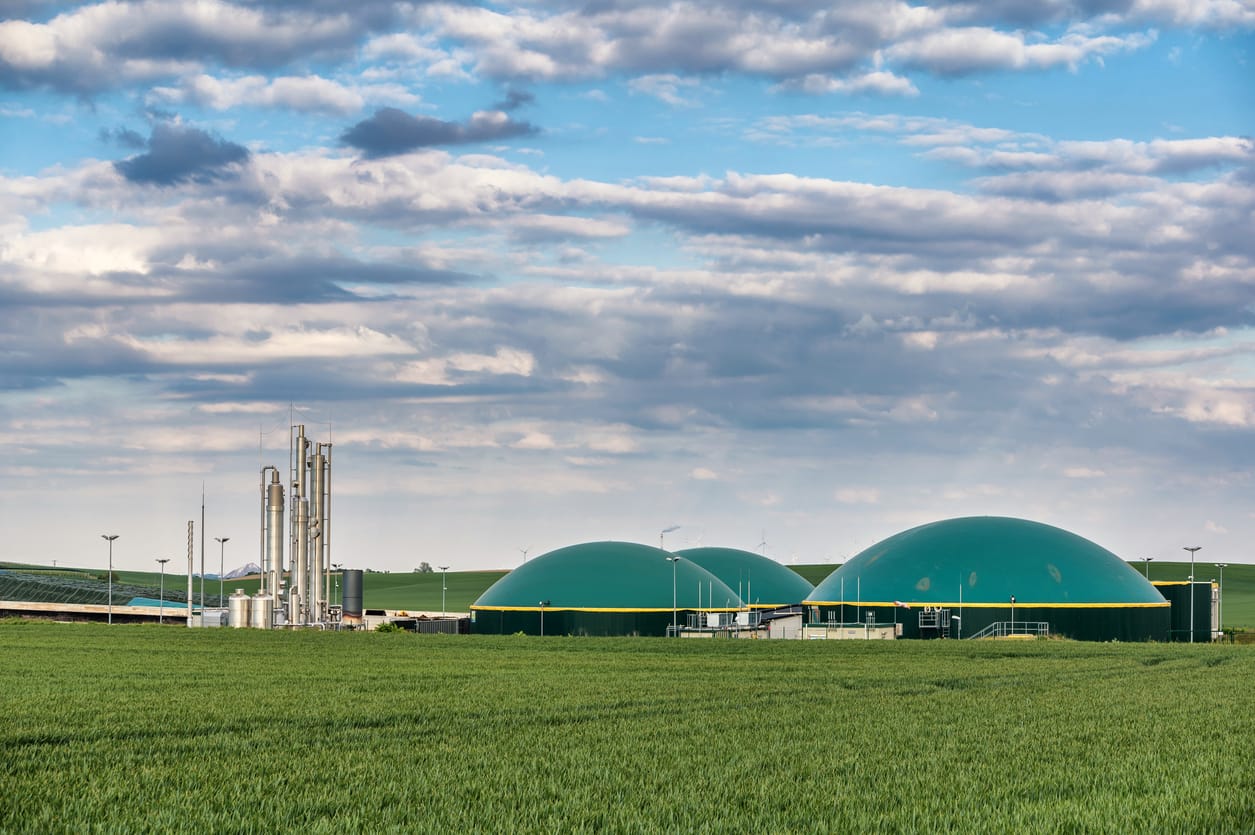
When biogas is filtered to remove CO2, the remaining mixture, known as biomethane, can be burned as a clean energy source for cooking, lighting, or heating water and spaces. When compressed, it can even serve as a fuel for vehicles.
Biogas offers a lower heating value (LHV) of between 16MJ/m3 and 28MJ/m3 (between 2 and 4 MJ/kg), while Biomethane’s is slightly higher at about 6MJ/kg.
Compressed Air
Compressed Air Energy Storage (CAES) is gaining attention for its potential in large-scale renewable energy storage. For example, during periods of excess energy generation, air can be compressed and stored in large underground caverns, tanks or underwater storage systems.
When energy demand peaks, the compressed air is released to drive turbines and generate electricity. CAES systems can provide reliable backup power, making renewable energy sources like wind and solar more dependable.
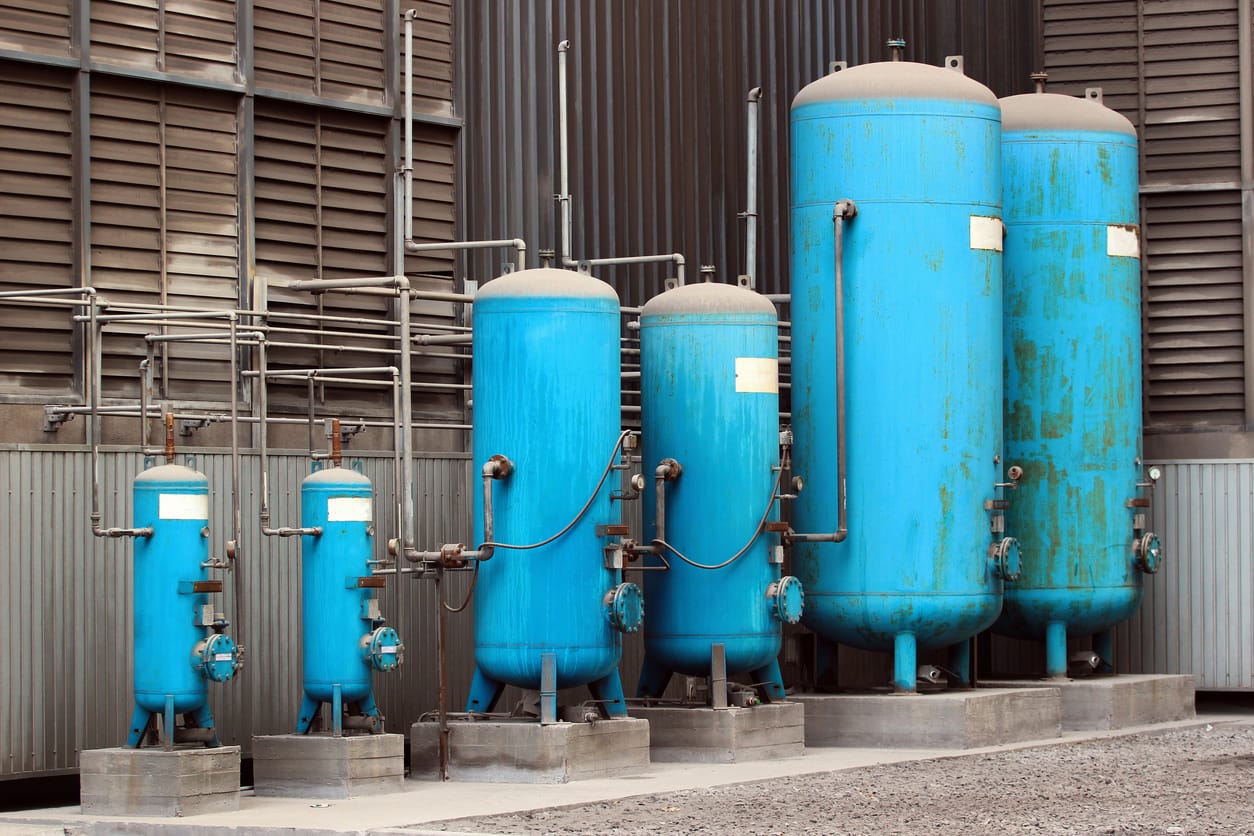
Bottled Compressed Air offers a cleaner alternative to lead-acid batteries for energy storage, and a viable, potentially cheaper alternative to lithium iron battery storage. It can be used to power vehicles – with some large ships currently utilising it as a more effective option to start their engines.
The State of LPG
Though not considered a fully renewable fuel, LPG has a role to play in the energy transition from carbon-based to renewable, especially in off-grid power generation and heating. While it’s transported as a liquid, it expands to 270 times its volume when converted to a gas (done via low pressure or refrigeration), offering a versatile and clean-burning transitional option, as we move toward a renewable future.
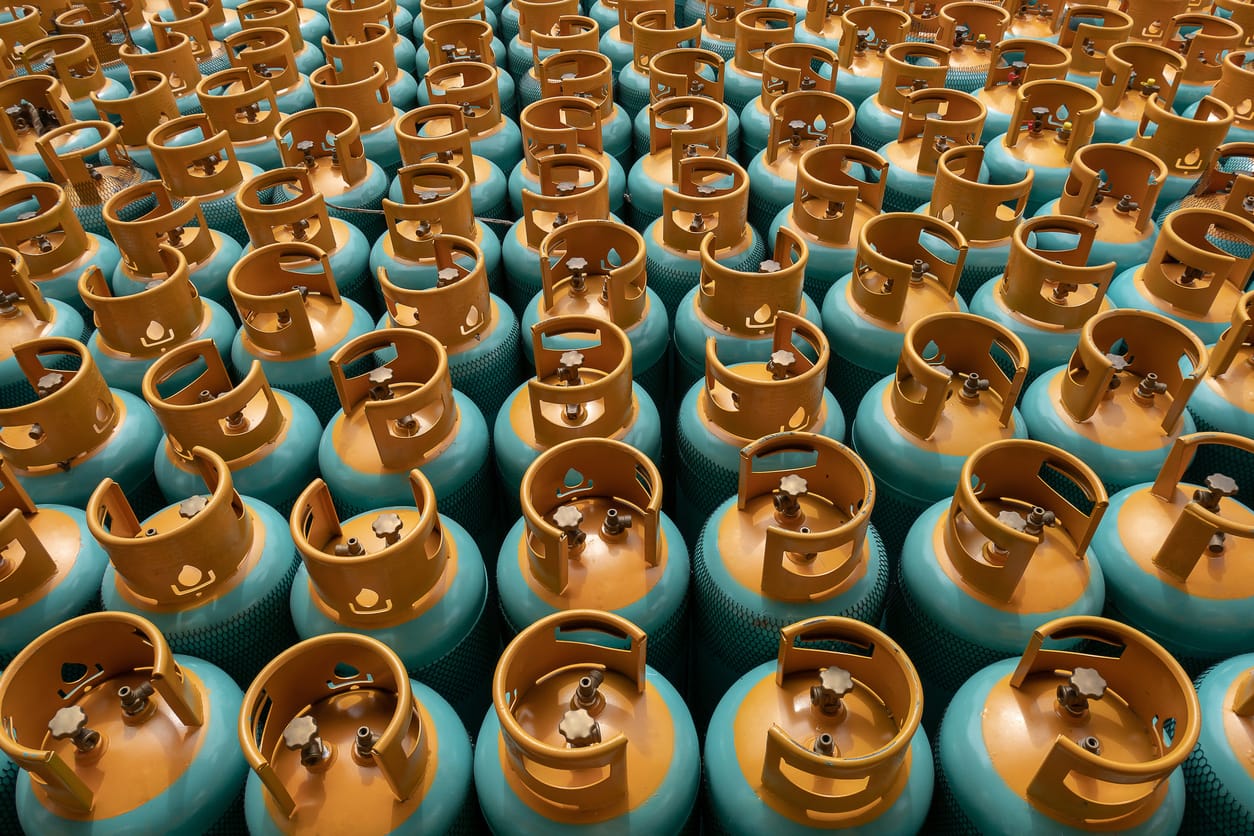
It provides an especially effective transitional fuel in heavily coal-focused emerging markets. In Latin America, dreams of LPG becoming a widely adopted auto fuel have started to become a reality, while in India, LPG use to heat homes (rather than coal) has increased by nearly 12% over the past five years.
Final Thoughts
Hydrogen, compressed air, methane, and LPG are reshaping the renewable energy landscape. These bottled gases offer practical solutions for energy storage, transport, and power generation, helping to meet global sustainability goals. As the technology advances, bottled gases will become even more integral to clean energy systems.
At Adams Gas, we’re committed to providing renewable solutions for businesses and individuals alike. If you’re looking for ways to reduce your carbon emissions, or begin the transition to clean energy, get in touch with us today.

